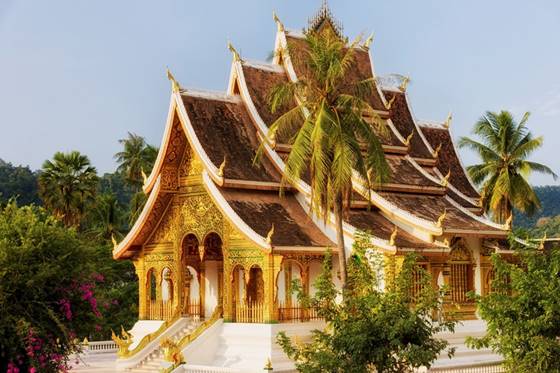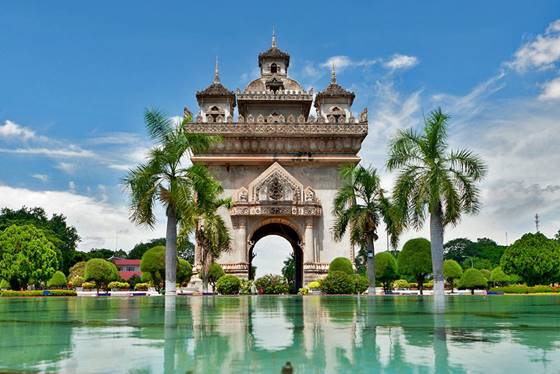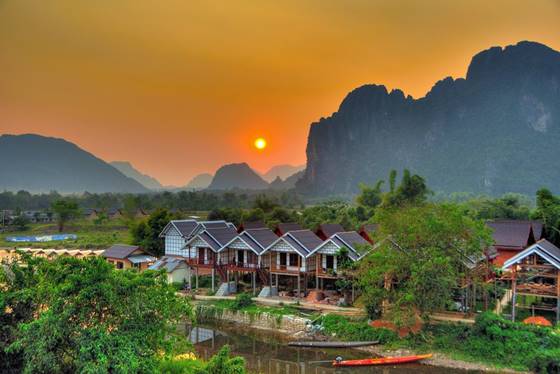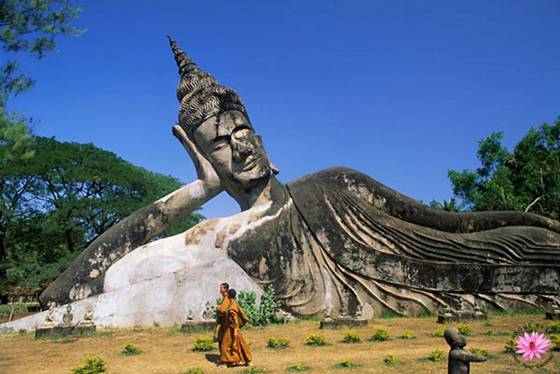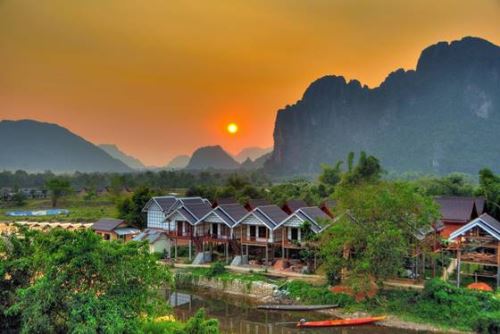In the northeast of Laos, lying across a flat high plateau is the province of Xieng-Khouang, most commonly known for the intriguing ‘Plain of Jars’. From the early 19th century until 1975, central Xieng-Khouang and the plain of jars was a recurring battle zone. It's estimated that more bombs where dropped on Laos between 1964 and 1973, than in the Second World War. As a result, visitors are advised to stick close to guided trails as unexploded ordinance still litter the plain.
The hundreds of giant stone jars, some as large as 3.25 metres high are strewn all over the plateau –carved out of solid hunks of rock from surrounding mountains, no one really knows why they are there. Theories range from the view that they were made to store wine for a huge party to celebrate the conquest of Pakhanh City (Xieng Khouang). Other archeologists believe they were made to store dead human bodies, as was the practice of ancient believers. No one really knows.
The hot springs at Meuang Kham district are worth visiting, and Tham Piu cave is a sobering historical site, used as a bomb shelter by the villages during the Vietnam War. The province has a total population of around 200,000. Because of the altitude (average 1,200m) in Xieng Khouang, the climate is not too hot in the cool season and not too wet in the rainy season. Consisting of elevated green mountains and luxuriant valleys, the beautiful landscape is somewhat marred by the bomb craters. The war debris and unexploded bombs that are spread across the central and eastern areas of the province are the deadly legacy of the Vietnam War.



